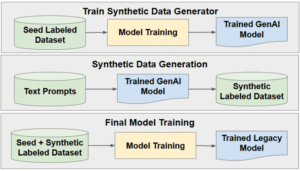
GenAI in Medical Imaging
Arie Rond and David Menashe Artificial intelligence (AI) is already transforming healthcare, enabling capabilities that seemed unattainable a decade ago. Now, a new frontier, generative

Arie Rond and David Menashe Artificial intelligence (AI) is already transforming healthcare, enabling capabilities that seemed unattainable a decade ago. Now, a new frontier, generative

Yesterday our algorithm developers took a break from their regular duties to take part in vision day at Tel-Aviv University. It’s always great to meet our colleagues and
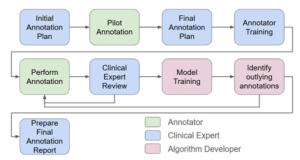
David Menashe, Arie Rond, Ilya Kovler Introduction In recent years, artificial intelligence (AI) has revolutionized many fields and has had a major impact on our

Larger stones in the kidney and proximal ureter need to be treated with PCNL (Percutaneous Nephrolithotomy), a minimally invasive urology procedure intended to remove them.

OCT images are frequently used to demonstrate the retina and understand the different pathologies and decide the diagnostics and help with procedure planning. In medical

Prostate cancer is the second most prevalent cancer in men, affecting about 1 in 8 men during their lifetime. Often, patients will have an MRI

Surgical video analysis involves using artificial intelligence and machine learning algorithms to analyze surgical video footage. This practice, which includes both intraoperative and postoperative video

3D models of joints and bones are widely used for a large variety of orthopedic clinical purposes including preoperative planning, patient specific implant design, jig

Approximately one million prostate biopsies are performed each year in the United States to diagnose and monitor prostate cancer. Doctors commonly use transrectal ultrasound (TRUS)
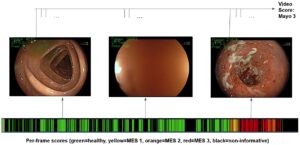
Clario, GI Reviewers and RSIP Vision Team Up to Present a New AI Solution to Advance Clinical Trials for Inflammatory Bowel Diseases Innovative, human-level AI

Larger stones in the kidney and proximal ureter need to be treated with PCNL (Percutaneous Nephrolithotomy), a minimally invasive urology procedure intended to remove them.

OCT images are frequently used to demonstrate the retina and understand the different pathologies and decide the diagnostics and help with procedure planning. In medical

Prostate cancer is the second most prevalent cancer in men, affecting about 1 in 8 men during their lifetime. Often, patients will have an MRI

Surgical video analysis involves using artificial intelligence and machine learning algorithms to analyze surgical video footage. This practice, which includes both intraoperative and postoperative video

3D models of joints and bones are widely used for a large variety of orthopedic clinical purposes including preoperative planning, patient specific implant design, jig

Approximately one million prostate biopsies are performed each year in the United States to diagnose and monitor prostate cancer. Doctors commonly use transrectal ultrasound (TRUS)

Clario, GI Reviewers and RSIP Vision Team Up to Present a New AI Solution to Advance Clinical Trials for Inflammatory Bowel Diseases Innovative, human-level AI

Most of the tissue handled by the surgeon (or by a robotic hand) during brain surgeries is flexible: With the obvious exception of bone, which
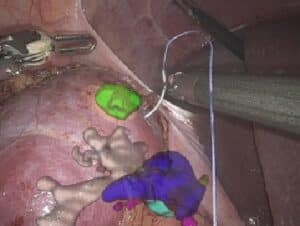
During minimally invasive surgeries, surgeons are limited in their field of view, which restricts their observation of the patient’s full anatomy. This may lead to
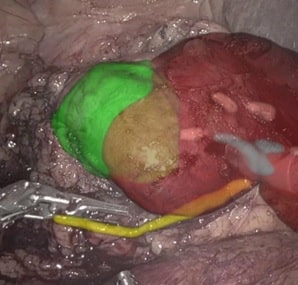
This next generation robotic surgery innovation utilizes AI-based visual intelligence to provide vital information that is overlaid and presented on the video feed in real-time
Please fill the following form and our experts will be happy to reply to you soon
Subscribe now and receive the Computer Vision News Magazine every month to your mailbox
© All rights reserved to RSIP Vision 2023